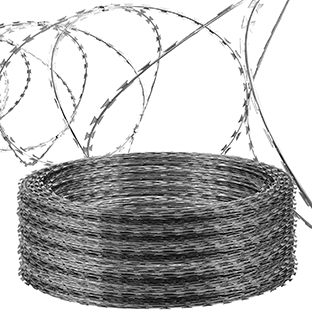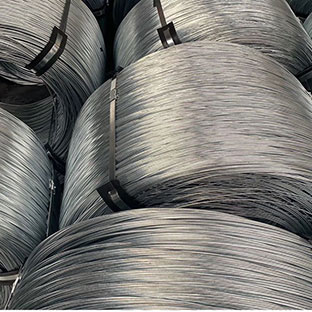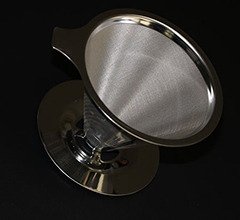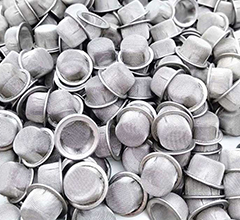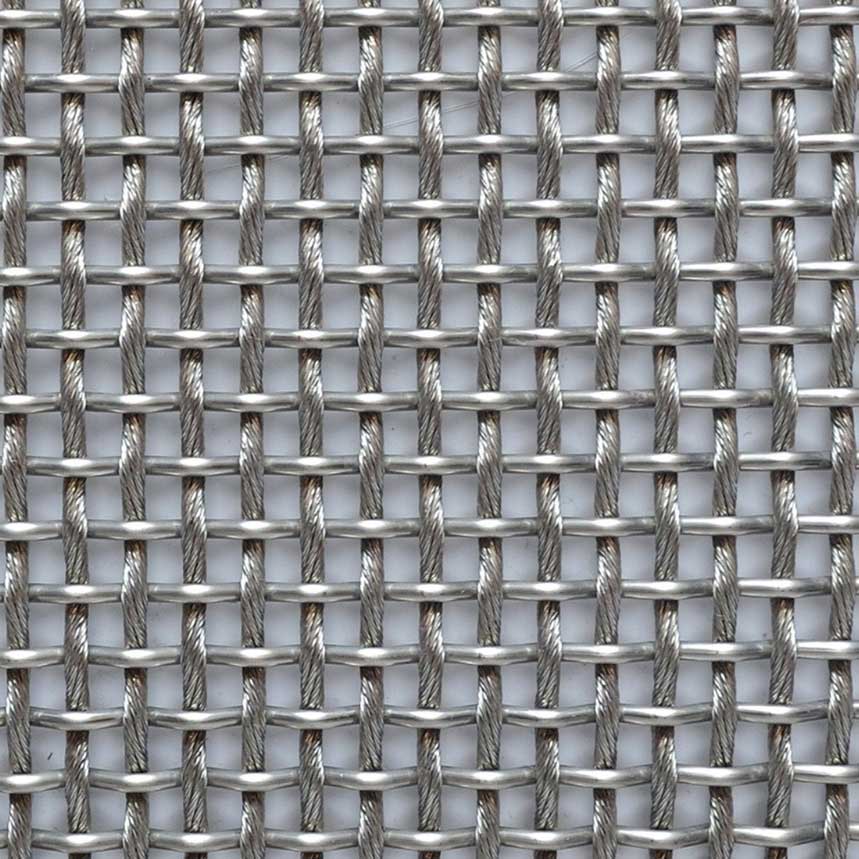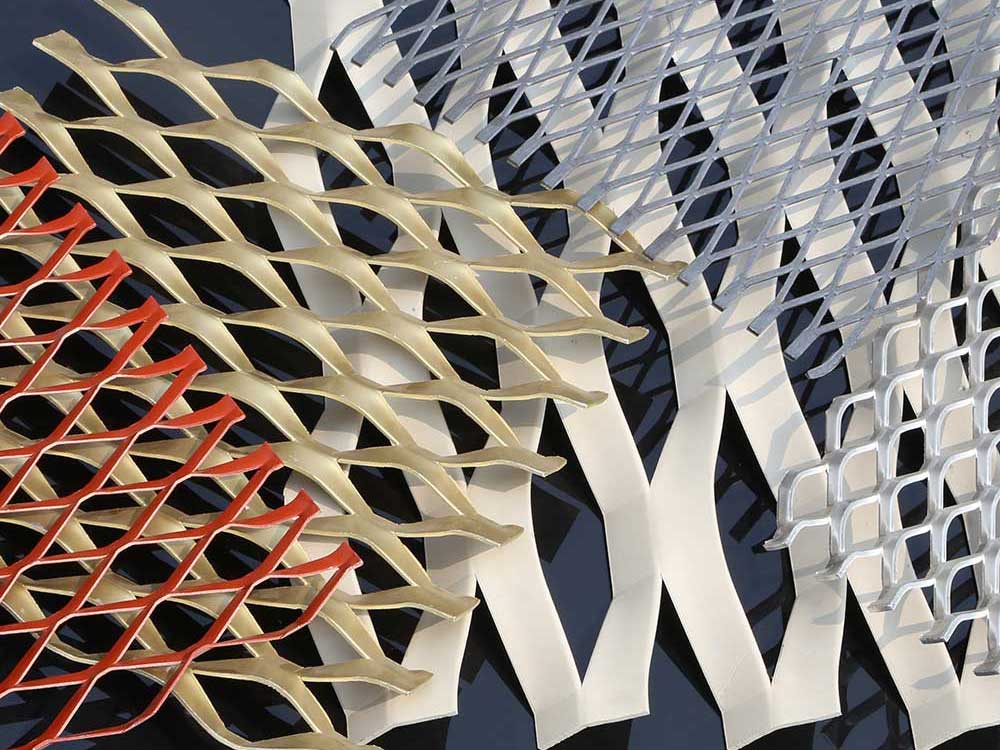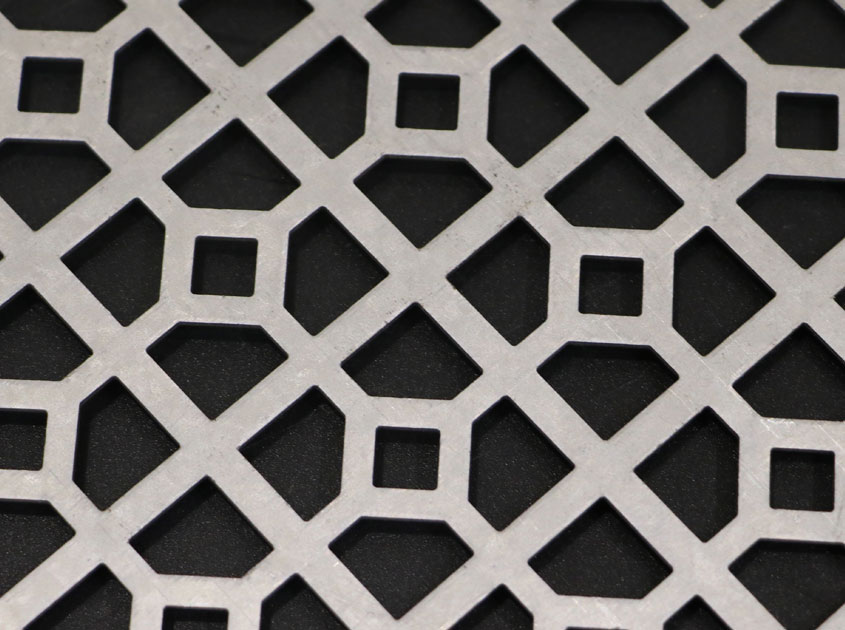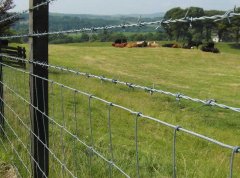In the past two years, sudden mountain torrents, heavy rains and mudslides have been very serious. Now people have developed the Gebin network for emergencies. In the face of natural floods, the river embankment collapsed and it was urgent to block the collapse. Gebin.com can be folded into a cage at the scene, poured into the stone, and quickly put into the water to block the river.
The Gebin network is quick to install, easy to use, and requires no technology. It is especially suitable for use in emergency situations. The water conservancy department will reserve lead wire mesh every year. For example: collapse and rescue. When the reservoir dam collapses, throw a stone, sandbag or lead wire (bamboo) gabion along the collapsed part, firstly throw it from the top part of the top collapse and then proceed to the stable slope.
Vulnerability in the loophole. When the dam backwater slope and the foot of the slope appear near the dam body itself or the seepage hole of the foundation, the hole entrance is found. If the hole is small, it can be quickly filled with cotton wool, straw bag or woven bag, and the straw is tied into a soft wedge. If the hole is large, or when there are more holes, use a large iron pot to buckle or buckle on the hole, cut off the water flow, cover it with a tarpaulin and a net bag, then cover the soil bag, sand bag, and fill the clay tightly. .
Leakage water rescue. When the dam body seeps through water, the method of "water seepage and backwater drainage" is adopted. In the front of the water slope, the viscous earth material with small water permeability is used for the front hoe, and the tarpaulin and the geomembrane can be used to reduce the infiltration of the water body. In the backwater slope, the sandstone, geotextile or firewood with large water permeability is used for filtration, and the soil is not lost by the reverse filtration, thereby reducing the saturation line and keeping the dam body stable. Do not use clay to infiltrate the backwater slope, which will raise the saturation line, resulting in an increase in the seepage range and an increase in risk.


.jpg)




.png)






































